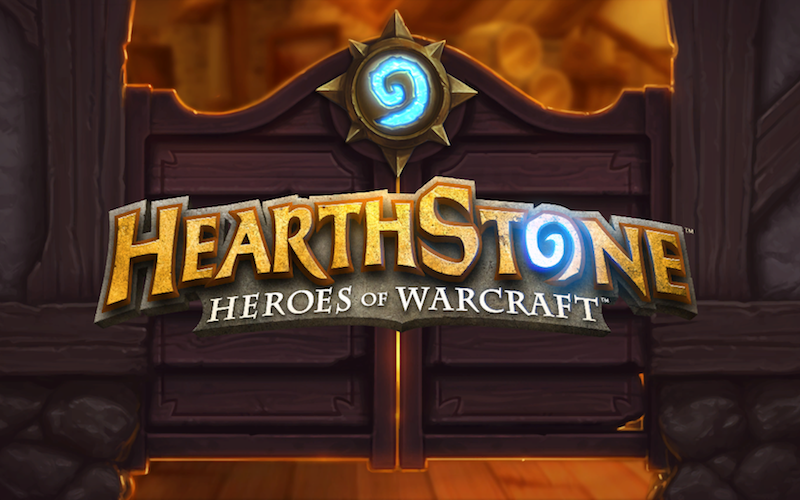FOR IMMEDIATE RELEASE—Washington, DC, The Institute for Esports Leadership is thrilled to announce the appointment of Lee Dunn, who will join the IEL team as Program Manager for the new think tank. Dunn will lead the new team in developing a rapid assessment framework for the esports industry and analyzing existing research in leadership and esports. In addition, Dunn and his team will work to synthesize best practices for leadership within the industry, as well as for the use of esports to develop leadership in other settings. Lee will also explore opportunities for original primary research.
“Lee joining the IEL team is a huge step for our organization as we continue to foster growth in esports leadership,” said Teague Hopkins, IEL Executive Director. “With his wealth of experience both as a researcher and an educator, Lee’s expertise is invaluable to the IEL and its continued thought leadership in the esports industry. We’re very excited to see what he has planned.”
The IEL invites the esports community to join it in welcoming Lee in this new position to help grow esports and discover new avenues to continue leadership development in this sphere.
About Lee Dunn
 Lee is the Academic Director for Technologies and Head of Digital Futures at The University of Glasgow. His research and teaching in social science explores the use of emerging technologies and professional learning with a particular focus on design, technology, virtual reality and games based learning.
Lee is the Academic Director for Technologies and Head of Digital Futures at The University of Glasgow. His research and teaching in social science explores the use of emerging technologies and professional learning with a particular focus on design, technology, virtual reality and games based learning.
As a Senior Fellow of the Higher Education Academy, Lee has received international recognition and award through his leadership and collaboration with scholars from Deakin University in Australia, AVO Bell in Bulgaria, WYG Savjetovanje in Croatia and the Association of Consultants in Development of Communities in Romania.
Lee is based in the UK and is interested in all aspects of eSports leadership, recently becoming active in the ESL National University eSports League and invited ambassador/speaker at several gaming events throughout Scotland.
About IEL
 The Institute for Esports Leadership is a volunteer-run organization advancing the use of esports to develop leadership. We believe that esports offer opportunities to practice critical leadership skills including team building, communication, strategy development, and self-discipline.
The Institute for Esports Leadership is a volunteer-run organization advancing the use of esports to develop leadership. We believe that esports offer opportunities to practice critical leadership skills including team building, communication, strategy development, and self-discipline.
Esports are as valuable for teaching leadership skills as physical sports, and in an era where more people are working on geographically distributed teams, and coordinating intellectual, rather than physical labor, esports may even have some advantages over physical sports.
The esports industry is at an inflection point where the most successful organizations are no longer led by hobbyists, but by professionals. Management and leadership are crucial to succeed in this evolving environment. We study and promote the intersection of esports and leadership, for the benefit of both.
For press inquiries, contact press@esportsleaders.com.

